Healthwashing: 8 Tips To Know
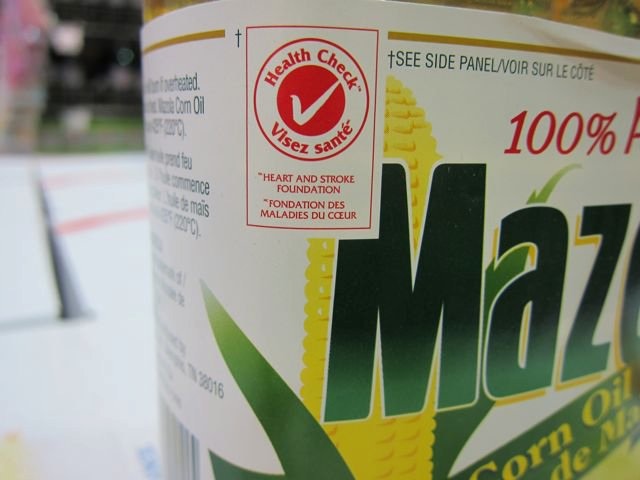
Have you ever wondered why items in the produce aisle aren’t plastered with marketing claims? It’s tricky to load up a head of broccoli with fancy graphics, symbols and popular buzzwords – but it’s incredibly easy to do this on a box, can or package. Now, not everything that comes in a package is going to be bad for you (think frozen fruit or canned beans), but for the most part a lot of packaged foods make label claims that imply the product inside of it will improve our health when it won’t. That’s why I want to show you the tricks to detect healthwashing.
What is Healthwashing?
Healthwashing is a term used to describe the activities of companies and groups that position themselves as leaders in the crusade for good health while engaging in practices that may be contributing to our poor health. A good product, campaign or service stands on their own merits, not on a marketing claim and offers full disclosure of all ingredients and activities.
I’ve heard it said that scientists couldn’t invent a more perfect diet than the Standard American Diet if the goal was to produce disease in a population. Healthwashing works because so many of us are overweight or sick and looking for an easy fix to solve our health problems.
In this study, researchers surveyed participants about their health perceptions of vitamin-fortified food, they discovered the following:
“When the snack food carried a nutrient claim for vitamin fortification, participants were:
1) less likely to look for nutrition information on the Nutrition Facts label
2) more likely to select the product for purchase
3) more likely to perceive the product as healthier
4) less likely to correctly choose the healthier product.”
We are highly susceptible to marketing. In fact, the very name of the study I just mentioned was “Vitamin-Fortified Snack Food May Lead Consumers to Make Poor Dietary Decisions.” That pretty much says it all – we are lured into choosing foods that don’t support our health because we believe what’s on the package. This is very powerful.
We buy into the claims that are proclaimed on food packages and in advertisements because we desperately want them to work. We keep making those purchases and the marketers keep branding, proclaiming – and in many cases completely fabricating – health claims on the packaged, processed food they are selling. Many of the claims are meaningless, out of context or don’t make any sense at all.
Common Healthwashing Label Claims
Have you ever seen any of these terms on a label?
- Low-fat
- Low calorie
- Fat-free
- Sugar-free
- Natural
- 100% natural
- Fortified with (Vitamin D, Vitamin C, calcium, etc.)
- Made with all-natural ingredients
- Made with real ingredients
- Made with real fruit
- Low sodium
- Low cholesterol
- Cholesterol-free
- Source of fibre
- Source of omega-3s
- Source of probiotics
- Provides X% of your recommended daily amount of (protein, fibre, calcium, iron etc.)
- Free from…(artificial colours, artificial flavours, etc.)
- Gluten-free
- Dairy-free
- Vegan
There are many more iterations of the above and additional label claims, but it would be impossible to list them all here.
Product label regulations about health claims vary depending on what country you’re in. Here in Canada, where I am, health claims are “Any representation in labelling or advertising that states, suggests, or implies that a relationship exists between the consumption of a food and health.”
Some terms, like natural, are completely unregulated and don’t have much meaning. Other terms, such as low sodium or low fat, require the product to contain less than a certain number of grams of sodium or fat in order to be able to make the claim on the label.
Healthwashing may draw attention to benefits of a nutrient (fortified with calcium, a full serving of omega 3s, etc.) in an attempt to make us believe they are healthy. But those nutrient attributes of a product don’t negate all of the other health-destroying ingredients also contained in that food. For example, something might be low in sugar or sugar-free, but loaded with artificial sweeteners instead. A box of cereal may be free of ‘artificial colours or flavours’ but packed with sugar or sodium. It’s like trying to mask a steaming pile of garbage with a spritz of air freshener.
Learning how to decipher these claims is confusing and the game is ever changing. Here are my top 8 tips to avoid being healthwashed.
8 Ways to Detect Healthwashing
1. Read the ingredients first.
If it’s a product on the shelf, it’s always best to judge something by what’s in the box, not by what’s promised across the outside in big, fabulous, exciting designs. I always look to the side or back of the box to read the ingredients first before looking at anything else on the package.
The only part of a label worth reading is the ingredient list. Please read it. If you would be unable to buy each of the ingredients on the list and make the item yourself in your kitchen if you wanted to, then put the box/can/carton/bag down and step away.
2. Natural and Organic don’t mean “Healthy” (and now rarely mean natural or 100% organic).
Just because a food is in a natural foods aisle or health food store does not mean it’s healthy. This also goes for specialty foods like gluten-free, kosher, dairy-free, etc. Something that is gluten-free could still be loaded with sugar, include unhealthy oils or be packed with ingredients that are harming our kids. With organic foods, examine the labels as some items may only have a certain percentage of organic ingredients as opposed to being entirely organic.
If something says “whole”, or “natural” or “organic” the ingredient label should tell the true story. That being said, watch out for sneaky tricks like the symbol * on certain ingredients with small print below, which leads to ingredient items that likely have their own list of ingredients.
3. Beware of Natural Flavours + Colouring
Show me a ‘Natural Flavours’ or ‘Natural Colouring’ tree. There isn’t much that is natural about natural flavours and colourings. The origin of these ingredients may have once been a whole food, but the amount of chemical processing they have gone through renders them an entirely different thing.
4. The bigger the claim, usually the more healthwashed that product is.
The bigger the label, the flashier the health claim, the greater the chance of it being a healthwashed product. Real, whole foods speak for themselves. If a product has a number of flashy health claims on it, I’m immediately skeptical that the company is boasting to cover or mask the poor ingredients or trying to slant perceptions in its favour.
5. Ensure that most of your diet doesn’t come in any packaging to have a claim on it.
Fruits, vegetables, beans, lentils, herbs, whole grains, nuts, seeds and organic and naturally raised animal foods are incredibly nutritious, but you typically don’t see healthwashing in the produce aisles. These are the foods that need to be the mainstay of our diets – they offer us energy, balance blood sugar levels, reduce inflammation, improve sleep and help us poop!
6. Ignore the nutrition label or nutrition facts panel.
It means absolutely nothing. You can learn more about reading nutrition labels here but generally, I’m not a big fan of the numbers game. For example, I worry less about grams of fat and more about what’s actually in the ingredient list. If good fats and oils are present, you are better off eating a food with more calories from fat than from carbs/sugar. Plus, the serving sizes listed on labels are usually about enough to feed a small kitten, so you’ll probably eat triple the amount.
7. If a food carries a claim recognized by a government organization – stay away.
Government dictated health regulations aren’t always in the best interests of our health. (This also applies to the % Daily Value that appear on the nutrition labels.)
8. Beware of ingredient splitting.
This is where a company will split up certain ingredients so they don’t appear first in the ingredient list. Ingredients on a label are listed by weight. Often packaged food companies will split sugar into glucose, fructose, cane sugar, beet sugar, corn syrup, barley malt, molasses, etc. They use any number of names and use a few different ones so that sugar won’t appear first on the ingredient list.
Most label claims focus on describing or highlighting certain nutrients in the food, not the actual impact the entire product will have on our health. Once we begin to apply a keen and critical eye to the claims on food packages and what they actually mean, the more we will feel empowered to choose the products that are going to support our optimal wellness.
You may find that once you actually start reading ingredient lists and learn to detect healthwashing, you’ll end up putting more products back on the shelf than you place in your cart. And this is a huge signal to stores and companies that we want real food, not unhealthful food that is gussied up in a fancy package.
More Articles on Healthwashing
- Is Activated Charcoal the Latest Victim of Healthwashing?
- Is Metamucil Safe? The Truth Behind This Doctor Recommend Product
- Stop Feeding Kids These 5 Ingredients
- The Truth Behind Centrum: Supplement Or Chemical Cocktail?
- 5 Reasons Nutella Should Be Banned From Your Breakfast Table
- Johnson & Johnson: Healthwashing Babies for Over 100 Years
- Popping The Top Off Coca-Cola’s Healthwashing Campaign
- Arbonne Calling: Is Arbonne Really As Pure And Safe As You Think?
- Pop Chips: Healthier Is Not The Same As Healthy
- Udderly Unimpressed: Healthwashing and Canadian Dairy
Which nutritional claim do you most often fall victim to?
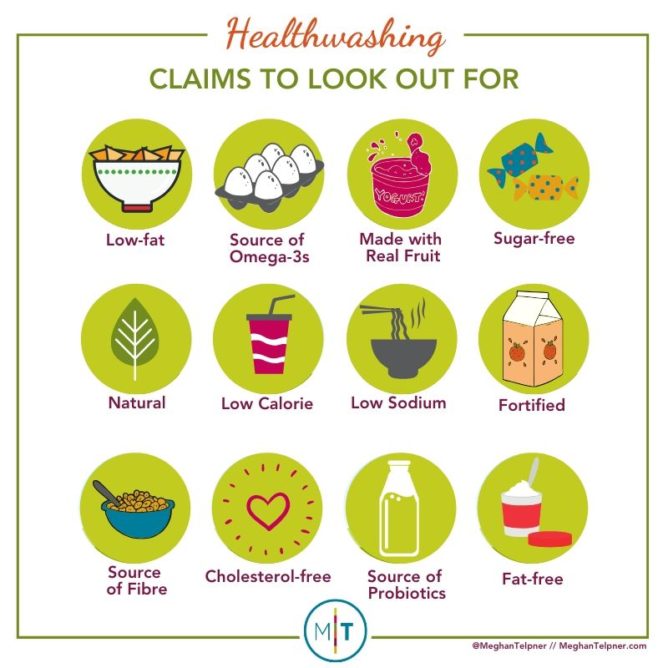
Free Resource Library
Enjoy more than 40 downloadable guides, recipes, and resources.
















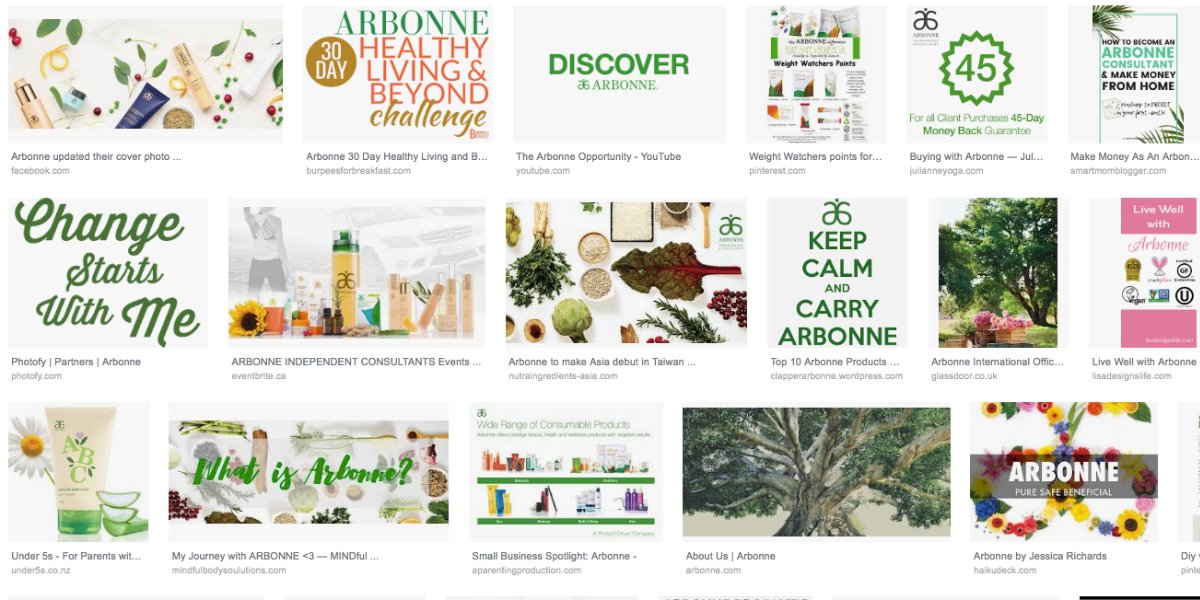

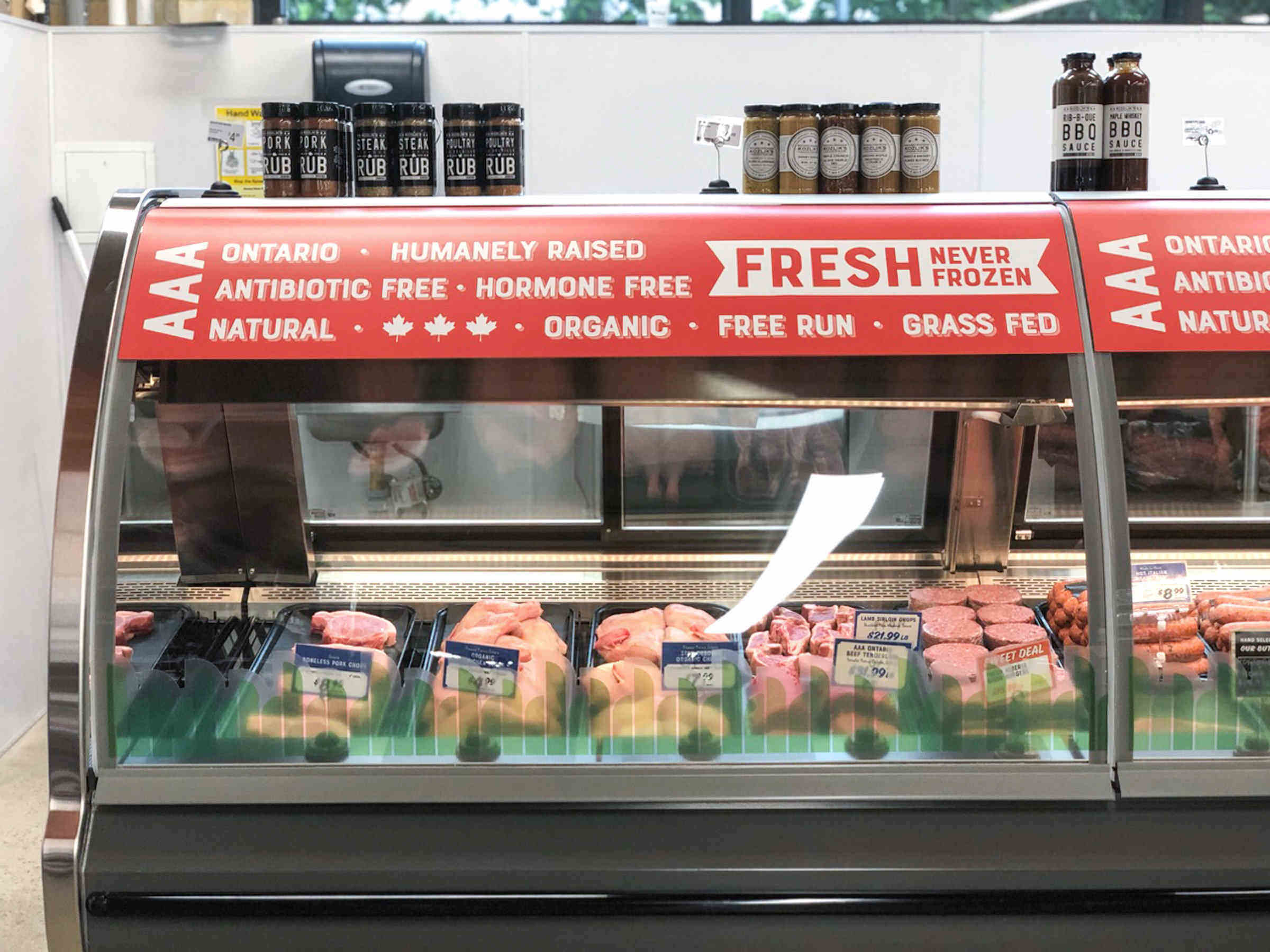
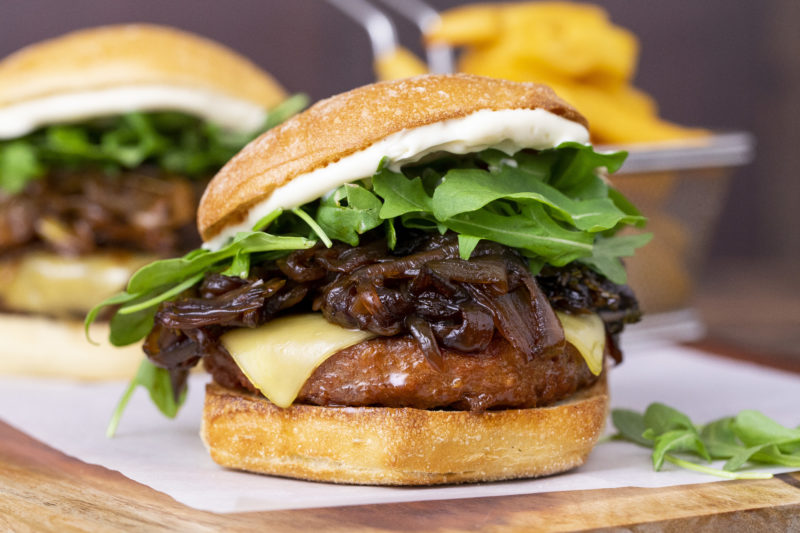
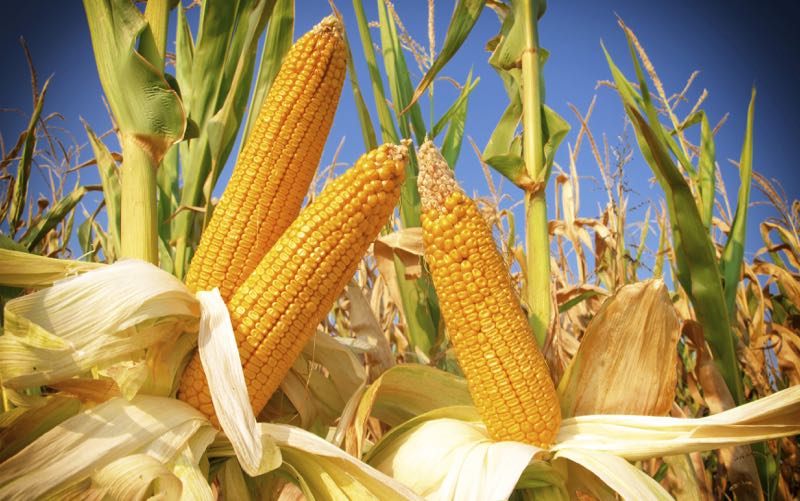
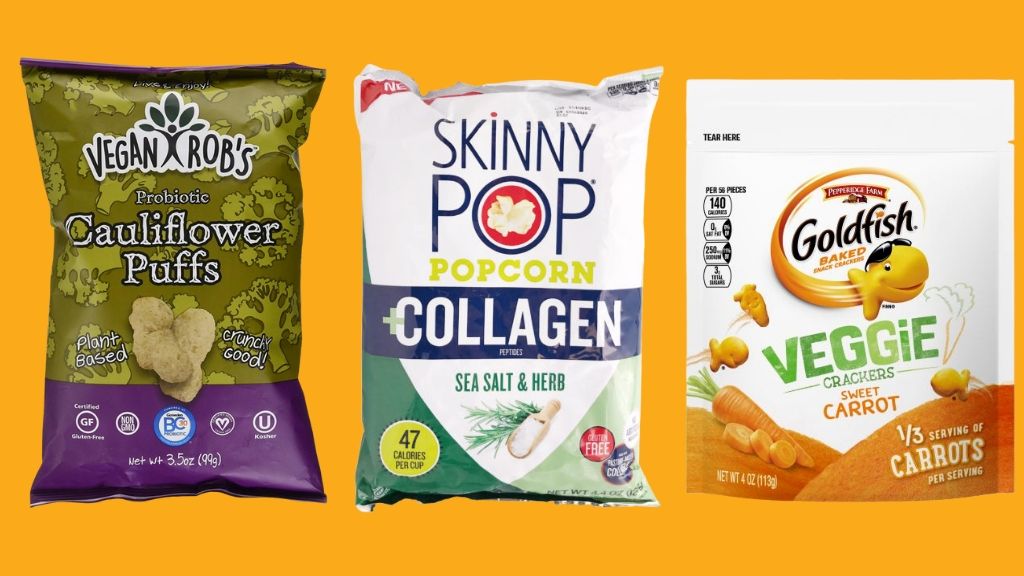
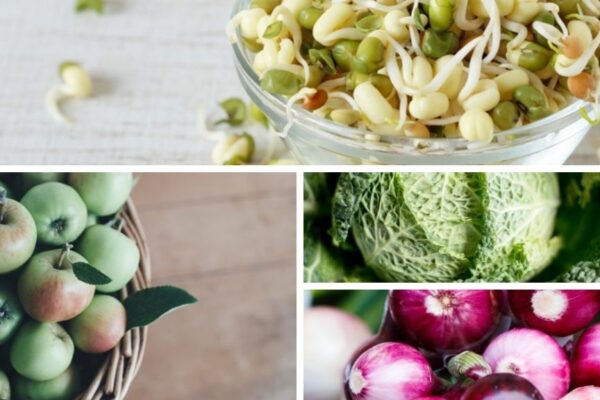

Oh gosh – seen you on tv and went to your site. I love it – one day I hope to take my mom to one of your gluten free classes. But it is so nice to see an article like this one. It is hard to make others understand that YES people do this and it is sooo sad. The hardest part is when you believe this and you can not one get your kids to grasp the concept and second family members. Thanks for writing this.
I most often fall victim to the “organic” packaged foods.
” The serving sizes are usually about enough to feed a small kitten, you’ll probably eat triple.” LOL so true!
On the bright side, products like these will keep us nutritionists in business for quite a long time. ;-) So much to educate, so little time. :-)
I always get sucked in by
“natural”. I can never read the ingredients list with my contacts on and have learned my lesson. I once brought something home from the frozen food section. When I discovered it had cottonseed oil, I returned it to the frozen food section without asking for a refund. Don’t tell anyone. No one reading this would ever buy it anyway.
The “natural” in natural colouring or flavouring can actually mean anything from nature, as opposed to a man-made chemical. Truth: healthier than drinking bleach or Yellow number 5. But the source of these “natural” colours and flavors, sometimes things like beets, algae, turmeric and paprika, are also occasionally the innards of beetles and caterpillars. I the end, natural or artificial, either one is made in a lab.
100% agree with your advice to ignore all the nutrition labels and gov’t claims and read only the ingredients.
“Health Check” needs a reality check. Maybe if the Heart and Stroke foundation stopped getting funding from corporations that product the very foods that are linked to heart disease and stroke then there would be a legitimate method of determining the healthiness of food.
Did you know some Pizza Hut food gets a health check? Puh-lease!
I usually steer clear of food that even has a label at all ie. I eat a lot of produce.
I tend to get sucked in less at the grocery store and more at home or a potluck when someone has a package of something open, especially if I eat some before finding out the ingredients.
So glad to find this here. Thanks for spreading the word. If it comes in a box, wrapper or plastic clamshell, I don’t trust it. Nowadays, you have to be extra vigilant not to be fooled. Read those USDA organic labels and you discover that the label means different things depending on what color it is. Even their top-rated organic foods only have to be 95 percent organic–and that’s organic by their watered-down standards. That leaves plenty of room for GMO and other carp to slip in.
Best practice: Buy locally grown, whole foods and prepare them yourself. As Michael Pollan says, “Eat food. Not too much. Mostly plants.”
This is a great list- so important for people to realize. I still fall victim to packaged Organic foods, though I try to stay away.
Years ago, I used to work for a chicken processing company and I remember the whole ‘health check’ thing being absolute bull. The health check chicken breasts that were being produced had to be kept under a certain level of sodium that was still ridiculously high – It’s chicken! Why are we filling it with phosphates, water, and salt? Needless to say, I no longer work there – I didn’t feel remotely comfortable standing by products like these and it really opened my eyes to the crazy ways we are being lied to by big food processors. How do people look at the chicken at places like Subway and Tim Horton’s and think “Yup, looks like real food to me!”? I don’t get it AT ALL. Moreover, How are these companies selling crap like this to the general public? Gross. And there’s my rant lol
Love the comments of your readers – the problem with food, is that it is all Food Grade standards and their standards are very poor – they are not even required to list everything that is in thet can, package or bottle. The same goes for nutritional supplements – the majority of manufacturers are only under Food Grade Standards – hence – they can have arsenic in them if they wanted to – always purchase nutritional supplements that are Pharmaseutical Grade – there are only about four companies that have this rating – they HAVE to list all contents of each supplement, and are the best in the market place.
It is a mine field out there in food land!
Jan Petrook
#healthwashing makes me feel dirty http://t.co/FlZvasIW
Healthier is not the same as healthy http://t.co/GmeqR93o #healthwashing
reading these tips just blew my mind! http://t.co/cBboAYKY
what exactly is “healthwashing?” A great guide from meghan telpner…… http://t.co/DctNWRlp
Health Check has to follow guidelines before approving a company’s request – they aren’t just getting money and putting their logo on a package. I agree with everything else in this article except for the Health Check bashing.
[…] the market that I could find. And I can confidently, knowingly tell you that these brands do not healthwash or […]
I really loved this post and the one on Arbonne. Very eye-opening and helpful to me! It can be extremely difficult to navigate the “healthy” and “safe” products bombarding us from every angle! You have great information here! :)